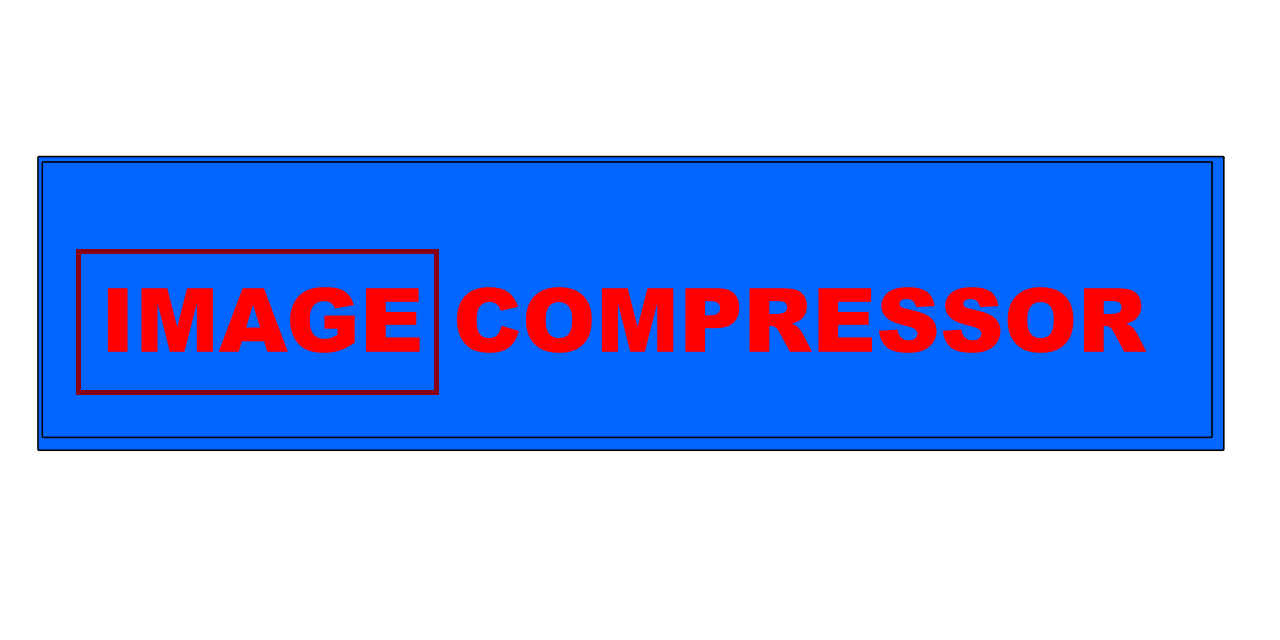This is a Free Online Tool to Compress JPEG Images to lowers file sizes.

Easily Convert Your PNG Files to JPG Format in Seconds
- Select the PNG image you'd like to convert. It can be stored locally on your desktop, in your mobile photo library, or even on a cloud drive like Dropbox or Google Drive.
- Click the “Upload Image” button to begin. The upload will start immediately and is handled automatically in the background for a hassle-free experience.
- Once the image is uploaded, our tool instantly converts it into a high-quality JPG file, optimized for compatibility and speed. A secure download link will be shown right after the process is done.
- Click on the “Download JPG” button to save your newly converted file to your device. The service is completely free, doesn’t require an account, and is accessible to everyone.
Why Choose JPG Instead of PNG?
Explore the reasons why converting PNG to JPG improves flexibility and reduces digital clutter.
JPG files are well-suited for everyday use due to their significantly smaller size. Unlike PNG, which preserves every pixel with lossless compression, JPG uses lossy compression to trim down file size while maintaining reasonable visual quality for most purposes.
This makes JPG ideal for sharing via email, uploading to web pages, or storing hundreds of photos in a lightweight format. It saves bandwidth, loads faster, and performs better across slower networks or devices with limited storage.
Furthermore, JPG is universally compatible with all major platforms, including Android, iOS, Windows, and macOS, ensuring you can open and edit it effortlessly using any photo viewer or editor.
JPG vs PNG: Which Format Is Right for You?
Understand the strengths of each format and choose the one that suits your specific task.
PNG (Portable Network Graphics): PNG supports transparency and high-resolution detail, making it a top choice for logos, illustrations, and professional design projects where pixel-perfect quality is critical.
JPG (Joint Photographic Experts Group): JPG is ideal for photographs, web-ready content, and general-purpose image storage. It compresses data to reduce file size, making it faster to upload and easier to manage across digital workflows.
In short: choose PNG for creative work that demands clarity, and use JPG when you need a faster, more space-efficient format for broad accessibility and online use.
Simple and Free Tools to Convert PNG to JPG Online
You can convert your images online without downloading anything. Tools like OnlineConvertFree, ImageResize.org, and Adobe Express offer intuitive interfaces where you can drop your PNG file and download it as a JPG within seconds.
Many of these platforms also offer advanced features like image scaling, cropping, quality adjustment, and bulk conversion—perfect for optimizing visuals for blog posts, digital ads, or mobile apps.
For users who prefer offline access, desktop apps such as Paint.NET, XnConvert, or built-in editors like Microsoft Photos allow you to open a PNG and export it as a JPG with quality controls and format options.
Keep Your Files Secure While Converting Online
How to make sure your images remain private and secure during the process?
Choose online converters that use HTTPS encryption and clearly explain how they handle your files. Reputable sites delete uploaded images automatically after conversion and never store or share your data.
If you're concerned about image quality, look for platforms that allow you to fine-tune compression settings — giving you more control over how much quality is preserved versus how much file size is reduced.
Always keep a backup of your original PNG files, especially when working with official documents, design files, or visuals needed in multiple formats later on.
Offline and Mobile Methods to Convert PNG to JPG
Aside from online converters, there are several other ways to convert PNG files. On most operating systems, you can simply open the image in your native viewer and use the “Save As” or “Export” function to convert it to JPG.
Mobile users can rely on editing apps like Snapseed, PicsArt, or Lightroom Mobile. These apps support format conversion along with editing features like brightness, contrast, cropping, and retouching.
For advanced users or teams handling high volumes, automation services like Zapier or command-line tools can batch convert PNGs to JPGs automatically when files are added to a designated folder.
Boost Workflow Performance with JPG Files
Converting to JPG helps streamline digital projects. These files load faster, take up less space, and integrate smoothly into platforms like WordPress, Shopify, Canva, or Google Sites — ideal for designers, bloggers, marketers, and freelancers.
Optimizing images for size and speed improves not just site performance and SEO rankings but also mobile accessibility and user experience — especially on slow networks or older devices.
Start converting your PNGs today and unlock the benefits of lightweight, widely compatible JPG images. The process is simple, fast, and entirely free — no signups, no downloads, just efficient image transformation.